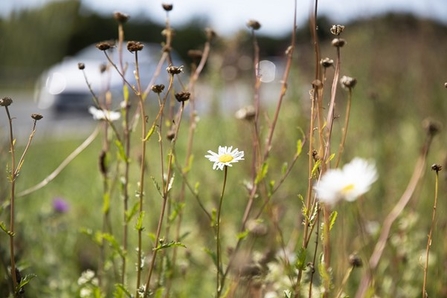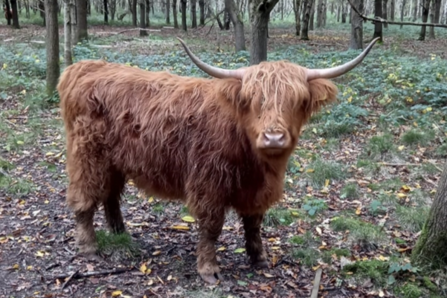The projects will help create, restore and connect places for wildflowers, trees and wildlife, where the environment has been impacted by activities from previous road building. Natural solutions such as wetlands and reedbeds will help filter polluted run-off from roads.
Wild areas which have been fragmented by highways will be improved and restored for nature, with one scheme piloting dormouse bridges alongside the M5 in Somerset, reconnecting isolated populations of critically rare hazel dormice and helping them spread into the wider landscape.
Another will see new wetland created in the Lugg Valley in Herefordshire, becoming a stepping stone for wildlife between two of the most important sites for wetland birds in the county, reducing pollution entering the River Lugg and creating sustainable drainage pools close to the A49.
Two areas of nationally important chalkland in Hampshire are also set for restoration, which could offer a boost to one of Britain’s rarest butterflies, the Duke of Burgundy butterfly. The pair of chalk downland sites near Winchester, which cover 65 hectares either side of the M3 motorway, will help address the fragmentation and loss of chalk grassland caused by the construction of the motorway over 20 years ago.


